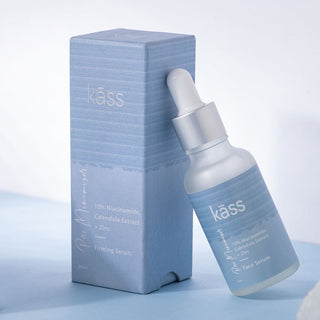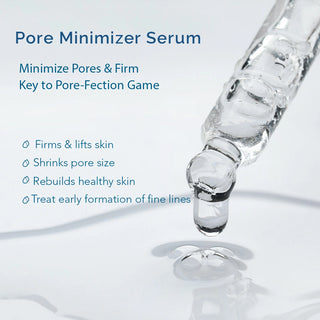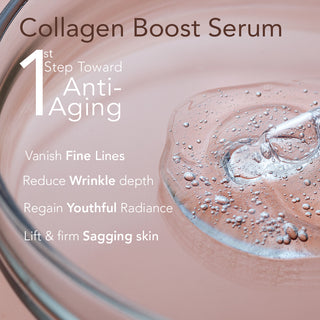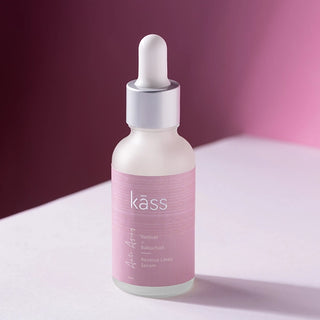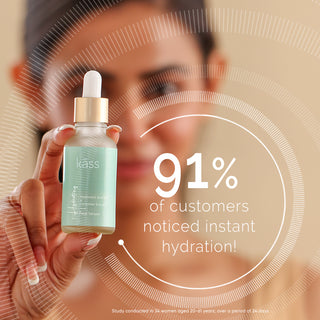Dark spots, often referred to as hyperpigmentation, are a common skin concern that can appear on the face, body, and other areas exposed to environmental elements. These patches can be frustrating, as they affect skin tone and texture, making the skin appear uneven. These dark spots hinder attaining that flawless, elegant glow, leaving your skin less radiant than desired. But understanding their causes, treatments, and prevention methods is the first step toward achieving healthy, radiant skin.
In this blog, we’ll explore what dark spots are, their underlying causes, effective treatments—including the role of de-pigmentation serums and lactic acid serums—and prevention strategies.
By the end, you’ll have the ultimate solution to finally tackle those stubborn dark spots—no more guessing, just clear, radiant skin ahead. Let’s dive in!
What Are Dark Spots?
Dark spots, scientifically known as hyperpigmentation, occur when certain areas of the skin produce excess melanin. Melanin is the pigment responsible for your skin’s color, and its overproduction can lead to black patches on the face or dark spots on the skin.
These spots vary in size and intensity and commonly appear in areas frequently exposed to the sun, such as the face, hands, shoulders, and arms.
Types of Dark Spots:
Dark spots are not all the same, and understanding their type is crucial in determining the most effective treatment. Here are the most common types:
1. Sunspots (Solar Lentigines)
These dark spots result from prolonged exposure to ultraviolet (UV) rays. Sunspots typically appear on areas frequently exposed to the sun, such as the face, hands, shoulders, and arms. Over time, repeated UV exposure increases melanin production, leading to stubborn pigmentation. Without proper sun protection, these spots can become darker and more challenging to treat.
2. Age Spots
Also known as liver spots, age spots develop due to the skin's natural aging process. As we age, our skin’s ability to regenerate slows down, leading to an accumulation of melanin in certain areas. These darkened patches are common in individuals over 40 but can occur earlier due to excessive sun exposure and environmental damage.
3. Post-Inflammatory Hyperpigmentation (PIH)
PIH occurs as a response to skin inflammation caused by acne, injuries, burns, or harsh skin treatments. When the skin heals from trauma, it sometimes produces excess melanin, leading to dark patches. Unlike sunspots and age spots, PIH can fade over time with proper skincare, exfoliation, and targeted treatments like de-pigmentation serums and lactic acid serums.
Understanding the type of dark spots you have allows you to tailor your skincare routine effectively. Whether caused by sun damage, aging, or skin trauma, using targeted treatments and preventive measures can significantly improve your skin’s appearance.
What Causes Dark Spots?
Several factors can contribute to the appearance of dark spots on the face and body. Here are the most common causes:
What are the effective Treatments for Dark Spots?
The good news is that dark spots can be treated using a variety of methods. Here’s an overview of the most effective options:
1. Over-the-Counter Products
- De-Pigmentation Serums: These serums, often enriched with active ingredients like niacinamide, kojic acid, and azelaic acid, target hyperpigmentation by reducing melanin production.
- Lactic Acid Serums: Known for their gentle exfoliation properties, lactic acid serums help in shedding dead skin cells, revealing brighter, more even skin beneath.
- Vitamin C Serums: Vitamin C is a powerful antioxidant that brightens dark spots and boosts skin radiance.
2. Professional Treatments
- Chemical Peels: These remove the top layer of skin, promoting new, even-toned skin growth.
- Laser Therapy: Targets the pigmentation directly, breaking it down over time.
- Microdermabrasion: A gentle exfoliation technique that reduces the appearance of dark spots.
3. Natural Remedies
For those seeking gentler alternatives, natural remedies can help:
- Aloe Vera Gel: Contains aloin, a compound that lightens pigmentation.
- Turmeric: Known for its anti-inflammatory properties, it helps brighten skin over time.
- Licorice Root Extract: Reduces pigmentation and evens out skin tone.
4. Consistency Is Key
Regardless of the treatment you choose, consistency is vital. Results take time, often requiring several weeks to months of diligent application.
How to Prevent Dark Spots
Prevention is always better than cure when it comes to skin concerns. Here are some effective ways to protect your skin and prevent dark spots from forming:
1. Use Sunscreen Daily
A broad-spectrum sunscreen with SPF 30 or higher should be a non-negotiable part of your skincare routine. Reapply every two hours, especially when outdoors.
2. Wear Protective Clothing
Hats, sunglasses, and long-sleeved clothing can shield your skin from harmful UV rays.
3. Adopt a Gentle Skincare Routine
Avoid harsh scrubs and products that irritate the skin, as these can lead to inflammation and pigmentation.
4. Maintain Healthy Lifestyle Habits
Stay hydrated, eat an antioxidant-rich diet, and avoid smoking to maintain healthy, youthful skin.
Achieve Clear, Radiant Skin: Treat and Prevent Dark Spots Effectively
Dark spots on the face and body may seem challenging to deal with, but with the right knowledge and consistent efforts, they can be effectively treated and prevented. Remember:
- Identify the cause of your dark spots.
- Choose treatments like de-pigmentation and lactic acid serums to address them.
- Protect your skin daily with sunscreen and a healthy lifestyle.
For those seeking premium skincare solutions, Kass offers a range of products rooted in Ayurvedic principles. Their formulations, including the De-Pigmentation Serum, Lactic Acid Serum, Brightening Serum, Oil-Free Cleanser, and Skin Barrier Hydrating Moisturizer, are designed to restore skin balance and health effectively. range of products
Investing in your skin today ensures a brighter, even-toned tomorrow. Prevention truly is better than cure, so start your journey toward flawless skin now!


